by Paul Batters

He’s noble and fine and pure… So he pays the penalty that the noble must pay in this world: he’s misjudged by everyone. Charles Tobin (Otto Kruger)
Alfred Hitchcock rightfully deserves his place in cinematic history as the master of suspense. From the silent era through to the 1970s, Hitchcock made some of the screen’s greatest films that still shock and thrill audiences. His name is part of the pantheon of great directors, and he was also one of the few directors whose name went above the film’s title and was enough to draw in an audience. As with all filmmakers, not all his films are perfect and indeed have flaws but even his weaker films are entertaining and still have great moments.
Saboteur (1942) is not a film that cinephiles, film historians and fans of the great director would list as one of his best. Hitchcock himself did not consider it one of his best either and would make several criticisms about the final product. Despite this, the film did exceptionally well at the box office, which may reflect the mood of audiences in 1942 and the context of the film as well. Yet it is a film worth looking at and one whose thematic concerns are fascinating, at least to this reviewer. Indeed, the film’s thematic concerns are ones which Hitchcock himself would examine more than once, in some of his finest films. This article aims to not so much review Saboteur but rather look at those thematic concerns.
The story follows the character Barry Kane (Robert Cummings) who is accused of starting a fire in a defense plant that kills his best friend. Despite his protestations of innocence, he is forced to go on the run, pursued by the police and the real saboteur, who is attempting to frame him for a series of attacks of sabotage across the United States. Along the way, Kane will seek refuge with a blind man who helps him, although his niece Patricia Martin (Priscilla Lane) initially aims to hand him to the police before becoming his ally. Both will evade capture and criss-cross the country, with Kane trying to clear himself and foil the Nazi conspiracy that is targeting American industry for the war effort. The film builds to a thrilling climax on the Statue of Liberty, where Kane confronts the true villain and clears his name. Overall, Saboteur is a classic example of Hitchcock’s mastery of suspense and storytelling.

Saboteur is a product of its time; in that Hitchcock was making a film that had strong overtones of ‘patriotic propaganda’ as Robert Harris and Michael S. Lasky suggest out in their 2002 work The Complete Films Of Alfred Hitchcock. Both point out that it was his contribution to the ‘war effort’ but it was far beyond the usual fare that sold war bonds and boosted morale. The film tapped into the themes of loyalty to country and the need to defend America’s freedom and democracy, which resonated with audiences at the time. Saboteur also celebrates the American spirit of ingenuity and resourcefulness, as Barry Kane uses his wits and his skills to outsmart the saboteurs. While trapped in a basement, he triggers a fire alarm to get free. When Barry and Patricia are trying to evade the police, they end up at a circus. Barry improvises by putting on a clown costume and makeup in order to blend in with the performers and escape detection. Thus, it can also be described as an ‘American’ film, distinct from his prior work, as it reflects the nature of patriotic fervour that existed on the home front of wartime America. Hitchcock was also making his film in America, initially for David O. Selznick but eventually for Universal, and the leads were what Hitchcock had hoped would represent the ordinary American caught up in extraordinary circumstances. The main character’s journey takes him across America and its well-known cultural and historical landmarks; with the final landmark in the climax perhaps being the most significant and powerful in its symbolism. Nicholas Haeffner would describe Saboteur as a ‘picaresque thriller’; one which is ‘romantic’ in the original meaning of the term and Guy Cogveal adds that the theme of flight leads shapes the narrative into ballad form.

William Rothman quite accurately describes Saboteur as an American remake of The 39 Steps (1935) – and of course it’s here that an examination of the thematic concerns can begin. Like Richard Hannay, Barry Kane is the hero falsely accused and the lone, innocent man trying to prove his innocence against incredible odds. Unable to go to the police to clear himself, Kane is caught in the unenviable position that the only way to prove his innocence is to investigate and follow the trail of the actual villain. The cross-country chase becomes Kane’s odyssey and ordeal by fire, and as Haeffner illustrates must endure ‘a series of interlinked and colourful situations and episodes, confronting danger through various adversaries and life-threatening situations.’ Haeffner adds that Kane is like the ‘plucky and adventurous’ character following the tradition in the aforementioned The 39 Steps and Foreign Correspondent. Additionally, the character of Barry Kane is a further step in the development of what Cogveal describes as the ‘Hitchcockian hero’, that will finally crystalise in North By Northwest; a ‘rover’ escaping the clutches of the past, evading the police, society, or himself. Thus, the key theme sees ordinary people leading ordinary lives confronted with a political threat to their country and becoming actively involved in a struggle against fascism.
Hitchcock, as always, plays with his audience and inverts the concepts of trust and whom can be trusted. Again, like Hannay, Kane seeks help only to find he is in the hands of the very men seeking to destroy him. When tracing Frank Fry (Norman Lloyd) to the ranch of Charles Tobin (Otto Kruger), Kane discovers that Fry and Tobin are both saboteurs. An audience can find itself complacent in terms of the relationship of trust with the characters on the screen; feeling we know ‘the truth’ and yet being led up the garden path in the same way as the protagonist. In an interesting turn of events that parodies The Bride Of Frankenstein (1935), Kane seeks refuge with Phillip Martin (Vaughan Glazer), a blind man who believes in Kane’s innocence. Yet he faces danger again when Martin’s niece Patricia threatens to give him up. Barry manages to persuade her to believe his story by explaining the circumstances that led to his being falsely accused. He tells her that he was in the wrong place at the wrong time and that the real saboteur is still at large. They work together to uncover the real culprit behind the sabotage, and Barry’s persistence and resourcefulness in pursuing the truth begins to convince Patricia that he is indeed innocent. Additionally, as they spend more time together, Patricia begins to develop feelings for Barry, which also contributes to her growing trust in him. Here, there is an inversion of how the audience experiences trust and it also brings home the concept of the heroic loner; trying to prove their innocence whilst catching the actual villain. Of course, trust becomes an extremely rare and valuable commodity during wartime and in the context of World War Two, audiences would certainly have understood the problems with being too trusting, in the face of Nazi infiltration and sabotage.
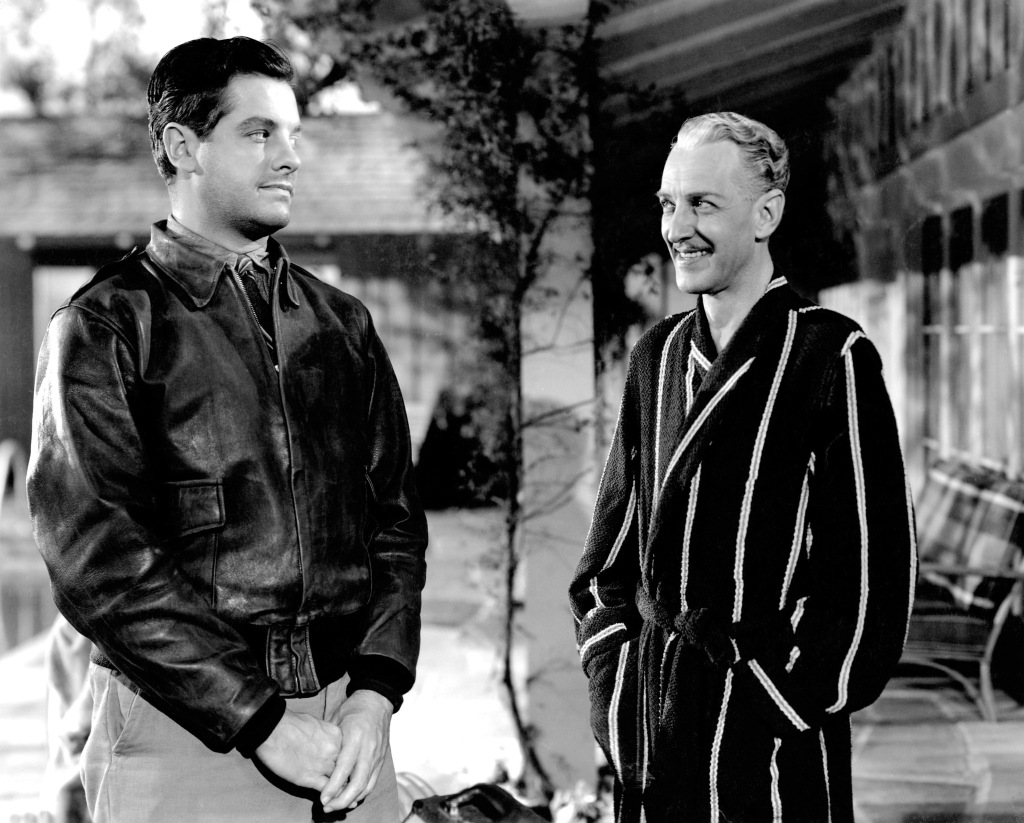

Hitchcock’s ever-present desire to shock and exploit remains on display in Saboteur, to the point where the authorities had their misgivings about particular moments in the film. The best example of this is well-known to Hitchcock fans – the shot of the capsized Normandie – which was used in the film in a way that suggested sabotage. The U.S Navy were not happy with this, as the Normandie had suffered an accidental fire, not sabotage, as inferred in the film. As a result, the shot was edited out in some parts of the U.S, which is understandable given that it was wartime, and the fears of sabotage were very real. Hitchcock claimed, ‘it just happened to be there’ and it wasn’t planned but this reviewer casts doubts on this claim. There are brilliant moments of wry humour that appear to be Hitchcockian but probably owe more to the great writer Dorothy Parker, who was brought in to assist with the script. During the circus sequence, the Siamese twins argue over whether to help our hero, and at one point refuse to talk to each other. There’s even a discussion over insomnia between the two!

Haeffner also makes the interesting observation that Hitchcock often uses a fascinating cinematic tool, ‘where art and life become interwoven as the barrier between spectacle and spectatorship is breached’. It is also a key theme that in in the DNA of Hitchcock’s films; the unexpected occurring in the least expected places and moments of one’s life. Before the stunning climax, Fry is chased into a cinema where he attempts to get away by running across the screen, appearing as a small silhouette with a gun in his hand. In the next instance a gun is fired onscreen just as the saboteur fires into the audience, killing a man who slumps into his wife’s lap. She assumes he’s laughing with the rest of the audience but when discovering he’s dead, she lets out a loud scream which sets the audience into a panic. The film continues to echo the real-life situation. The cuckolded husband on the screen says ‘Get out before I shoot you’, as audience members run out of the cinema. This confusion and discombobulation of reality and imagination is unsettling and, in this situation, horrific, yet it touches on Hitchcock’s own take on suspense and the building of tension:
‘We cannot experience sufficient thrills at first hand. Therefore, to prevent ourselves becoming sluggish and jellified, we must experience them artificially. The screen is the best medium for this’.

Perhaps the most celebrated moment in the film is the aforementioned exciting climax, which would later be replicated in North By Northwest and certainly uses symbolism to deliver one of the central themes of the film. Barry Kane pursues Fry to Bedloe Island, where Fry ironically hides inside the Statue of Liberty. The pursuit sees Fry fall from the platform on Lady Liberty’s torch, desperately hanging onto the statue’s hand. Kane’s attempts to save Fry will be in vain, as the Nazi saboteur plummets to his doom. It takes little to see the importance of the scene and the significance, particularly in 1942, of Hitchcock’s use of The Statue Of Liberty in the film’s climax. As a symbol of freedom and the values of democracy, this would have powerfully resonated with audiences in 1942. The irony of a Nazi desperately holding onto the hand of liberty to be saved becomes heightened by Kane’s efforts to save him as well. Hitchcock may have been making his ‘patriotic picture’ but the themes of loyalty to country and fighting against tyranny were more than tokenistic.


Saboteur may not be one of Alfred Hitchcock’s greatest films standing alongside North By Northwest, Rear Window, Psycho and Vertigo. Robert Cummings and Priscilla Lane were not Hitchcock’s choices and were ‘forced on him’ by the studio and Hitchcock would not speak fondly of the film. Yet, it’s a tense and highly dramatic thriller that still excites an audience.
This article is written for The 2023 Master Of Suspense Blogathon run by Maddy at Classic Film And TV Corner. Please make sure to visit the link and read some other wonderful articles on films that depict visions of the future. A huge thank you to both for the opportunity to take part!

Paul Batters teaches secondary school History in the Illawarra region and also lectures at the University Of Wollongong. In a previous life, he was involved in community radio and independent publications. Looking to a career in writing, Paul also has a passion for film history.
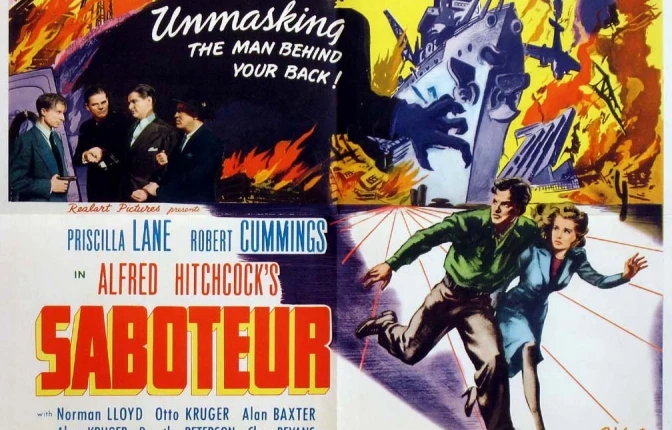





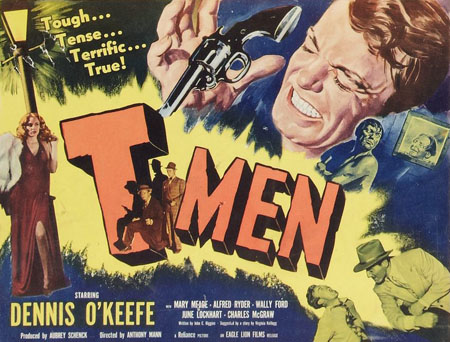

















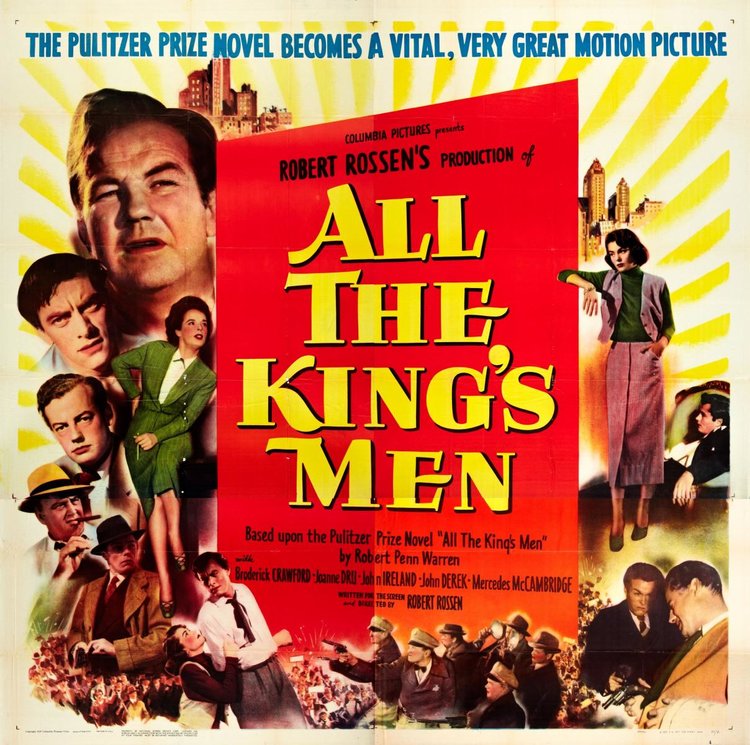
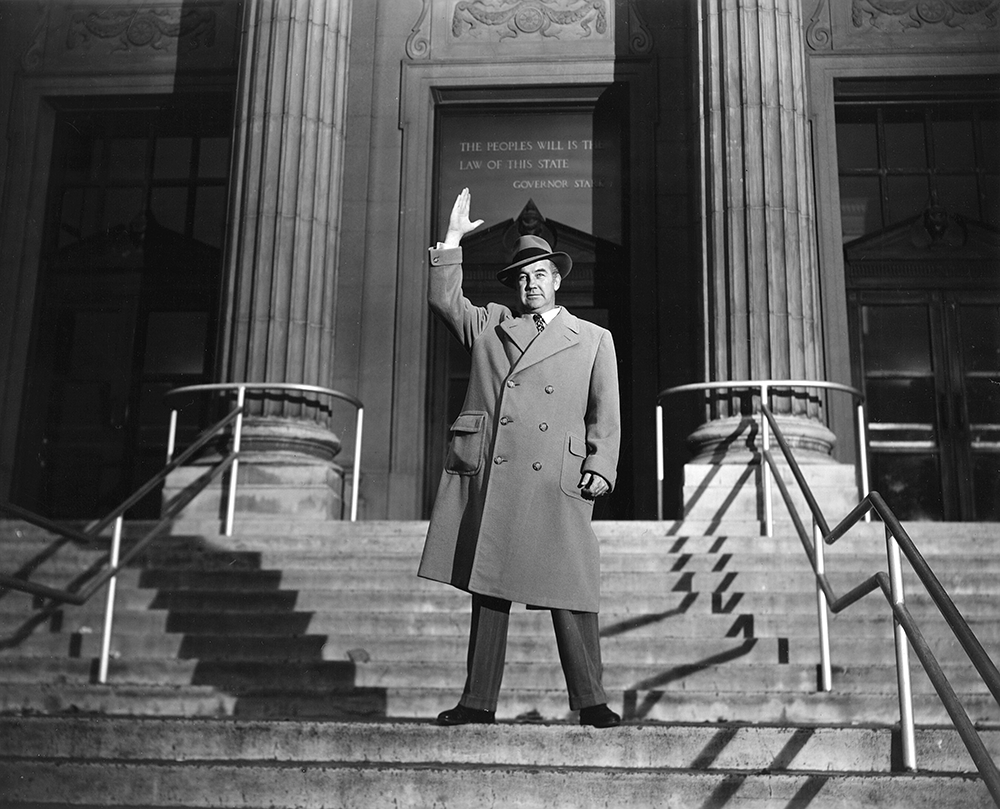
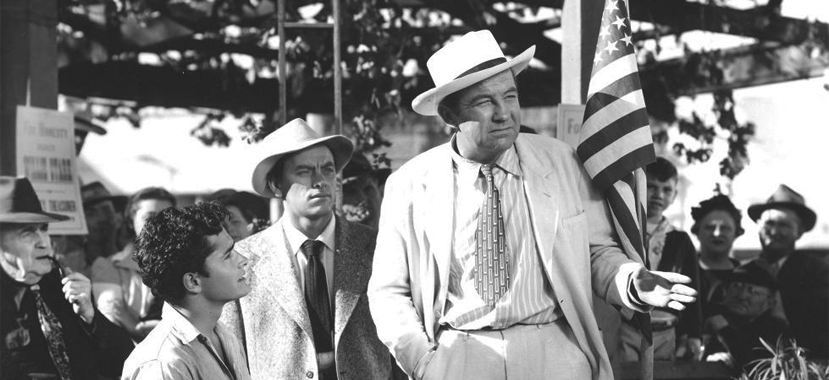
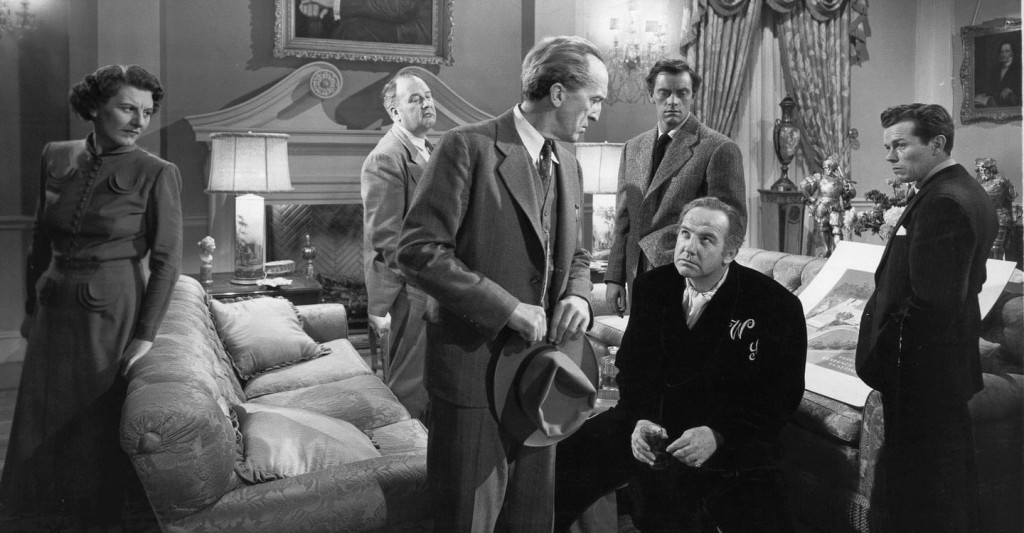
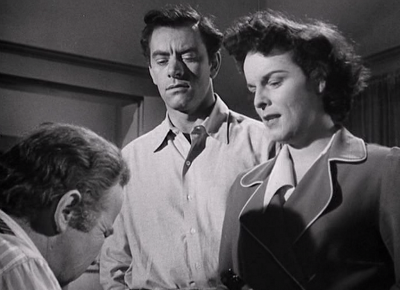
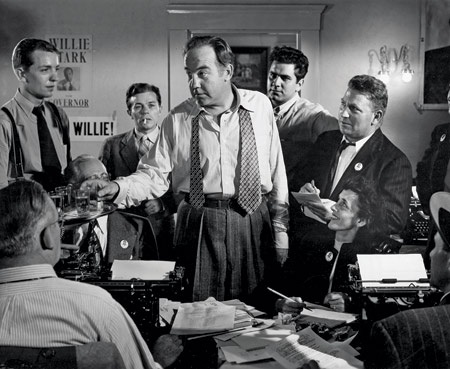
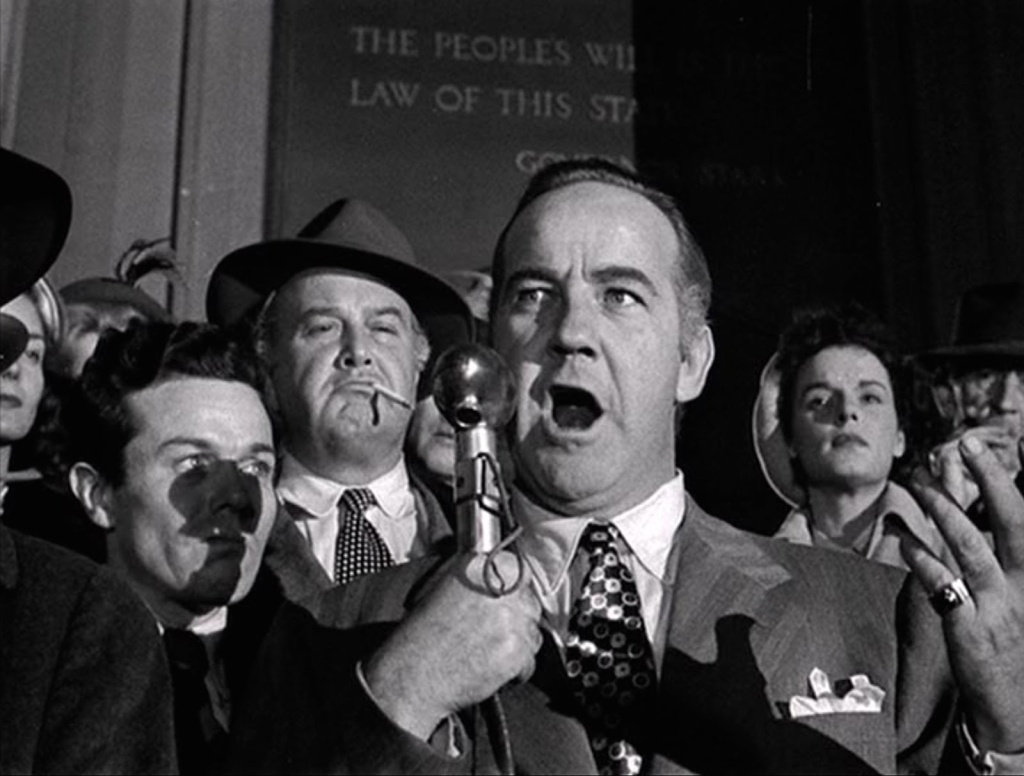


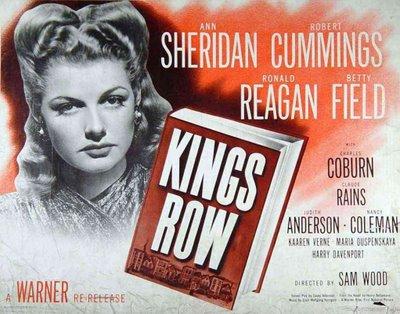










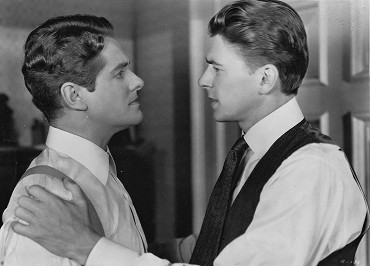









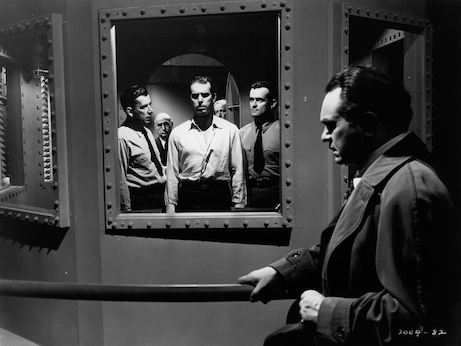






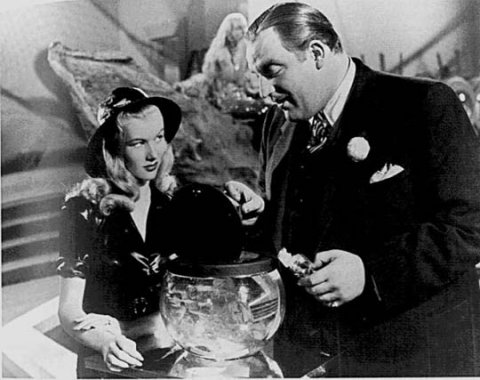






































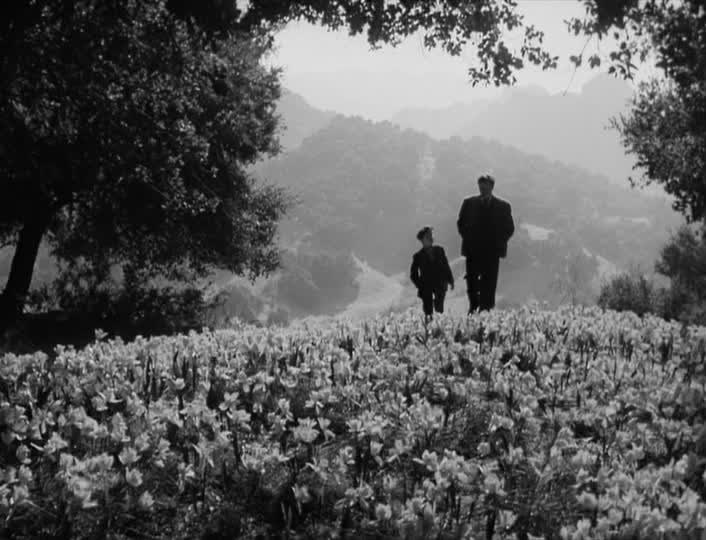
You must be logged in to post a comment.